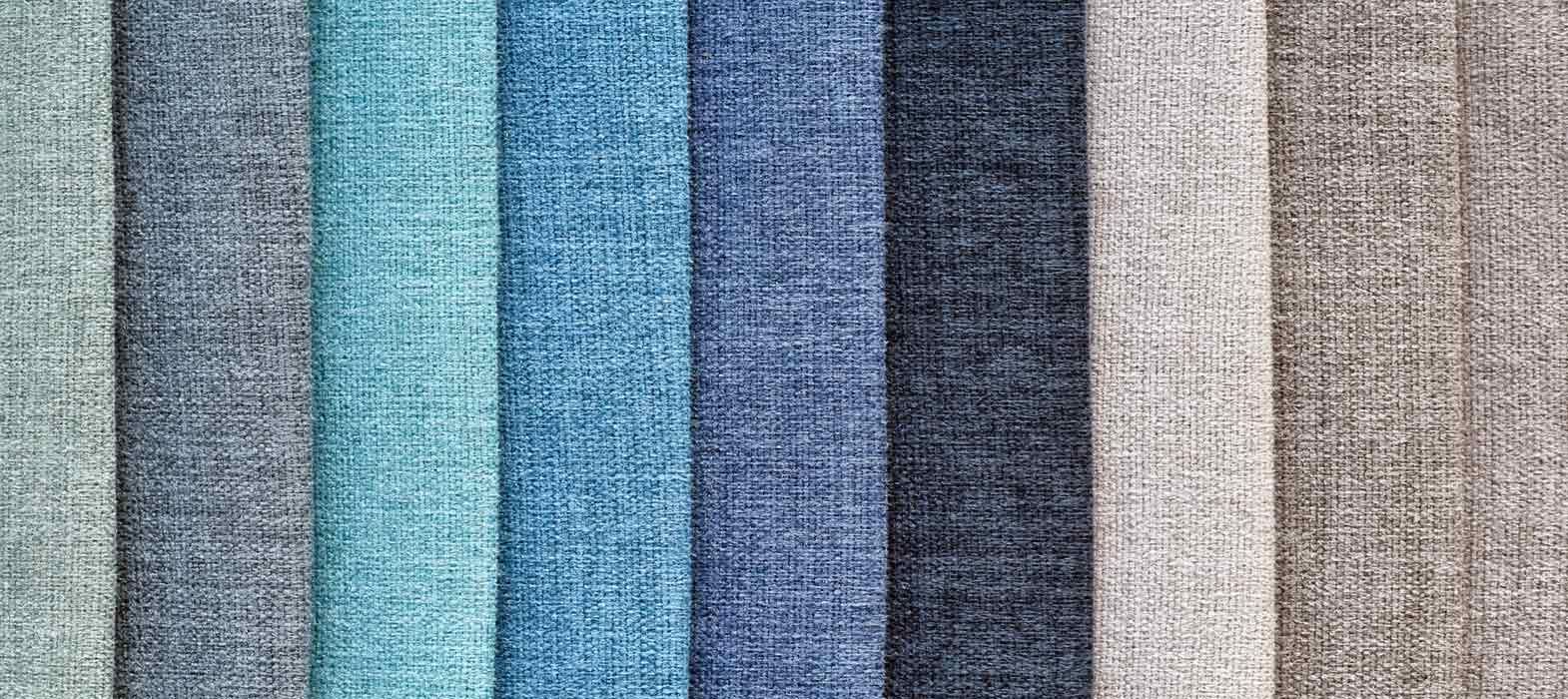Cotton has wrapped itself around some of humanity's oldest civilisations. Today, it remains one of the most important raw materials for textiles that we use and wear.
As far back as 4500 BC, the people of Mexico were cultivating cotton. The fabric also found an identity among people of the Indus Valley Civilisation.
It took a leap forward when European imperialists began to chart the world, connecting east and west by establishing thriving sea trade networks. Cotton thus became a global commodity. The British East India Company and several European counterparts introduced cotton to Europeans back home. Demand shot up, especially in Britain.
In the 18th century, as the Industrial Revolution began, inventors and entrepreneurs like Richard Arkwright -- who built the world's first factory powered by water -- and James Hargreaves -- who invented the Spinning Jenny, the world's first cotton weaving machine -- made it possible to produce cotton textile on a large scale. Instead of importing cotton textile made in places like India, British entrepreneurs could thus import raw cotton (from India and, increasingly, the United States of America) and produce textile themselves. That is how the Lancashire cotton industry was born.
Transport routes like the Manchester-Liverpool railway, which is the world's first railway to run entirely on steam power and the first in the world to carry mail and be fully timetabled, allowed the region to thrive as production grew. Similar help came from the Manchester Ship Canal and Liverpool's access to sea trade. North-west England rose to a position of global prominence in trade and industry.
As production exploded, more workers were needed in cotton mills. Working hours were long, hard, and dangerous, and children were increasingly sent to work to supplement household incomes. In the early 1800s, British Parliament acted for the first time to protect workers' rights, putting limits on the length of working days and giving children some protection in the workplace.
The 19th century passed with a continuous flow of new inventions and mechanical improvements, and by the turn of the 20th century, the cotton industry of north-west England had made Britain the workshop of the world. The British Empire rose to the pinnacle of global power just before World War I. In 1912, production peaked with a staggering eight billion yards of cloth produced in one year. Britain established itself as the world's largest manufacturer of cotton textile.
Yet, the war marked the beginning of the end for the dominance of British cotton. Unable to export to foreign markets, demand shrivelled, and the slow decline of British cotton began. Unable to import British cotton, many nations initiated their own production facilities. That meant, demand for cotton from Britain would never be the same. Between the two Great Wars, other countries quickly caught up. In 1933, another island nation, Japan, became the world's largest producer of cotton.
From the 1960s through to the 1980s, the industry declined at an alarming and irreversible rate, with a Lancashire cotton mill closing at an average of one per week. By the mid-1980s the cotton industry of north-west England had virtually disappeared.
So, is there a future for British cotton?
There has been an encouraging revival of demand for British textiles, cotton products and new investment in north-west England. The United Kingdom ranks fifteenth among the world's largest makers of textiles. What has helped is a spike in demand for luxury goods with the Made in Britain stamp, as British cotton is recognised for heritage and quality.








Comments